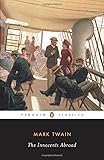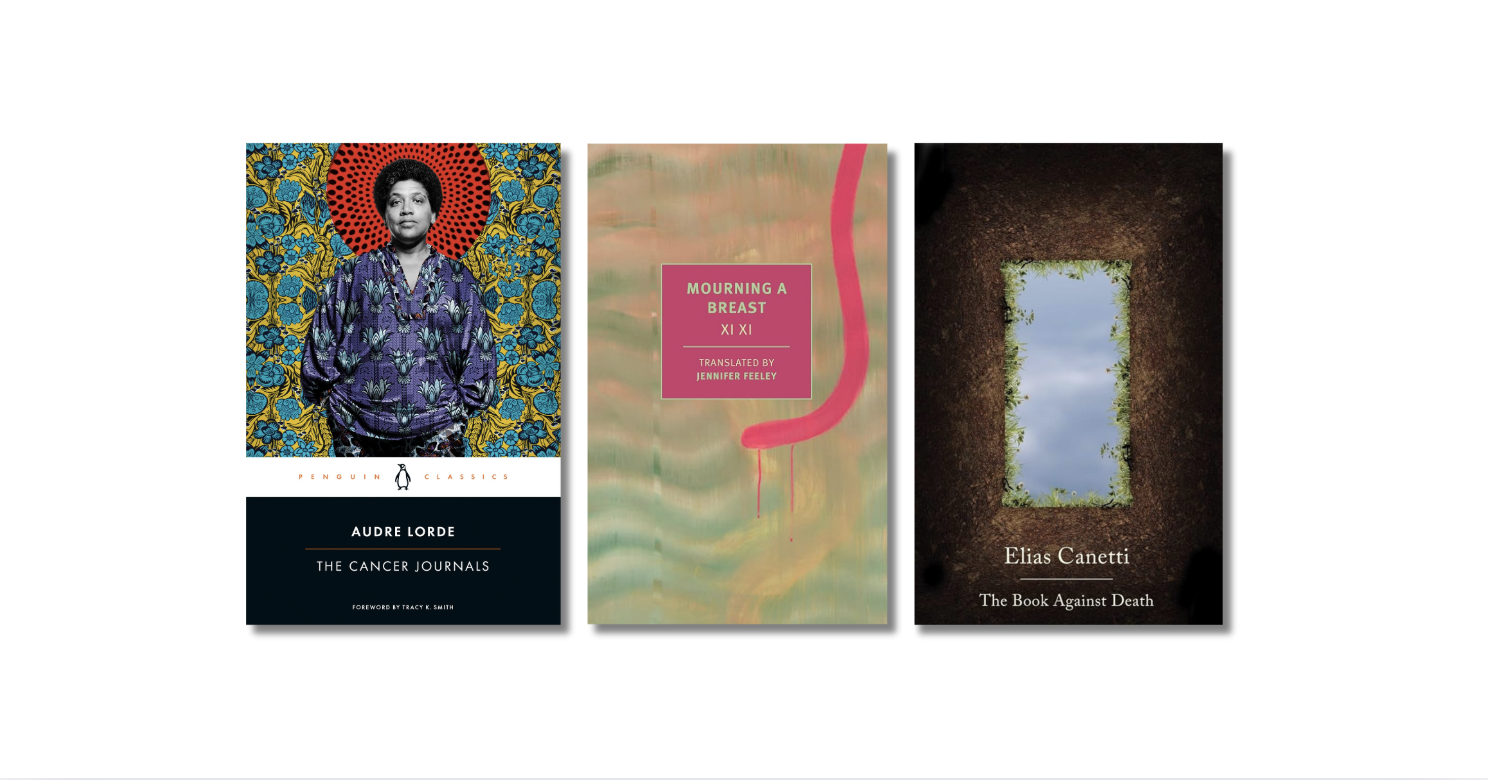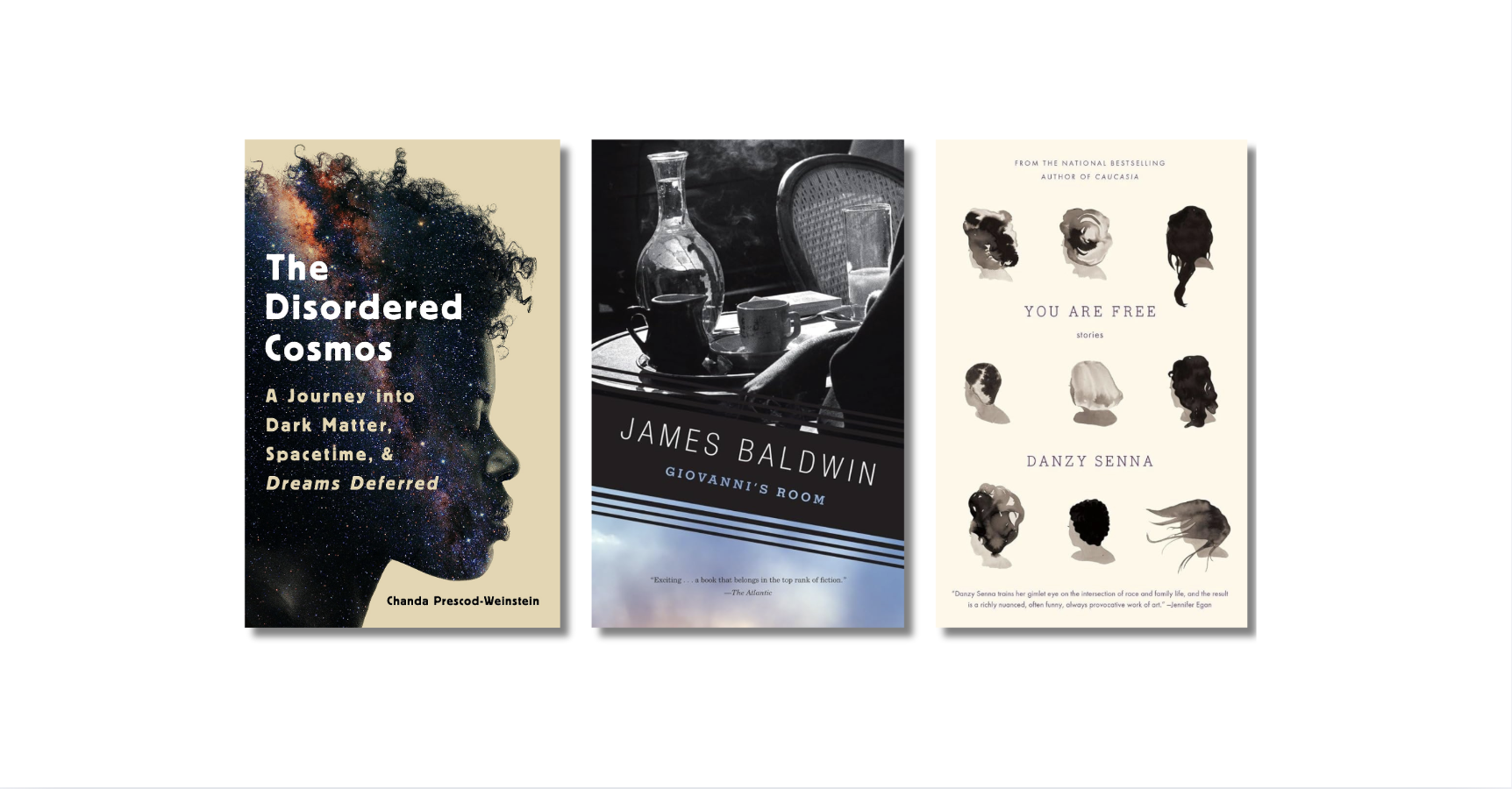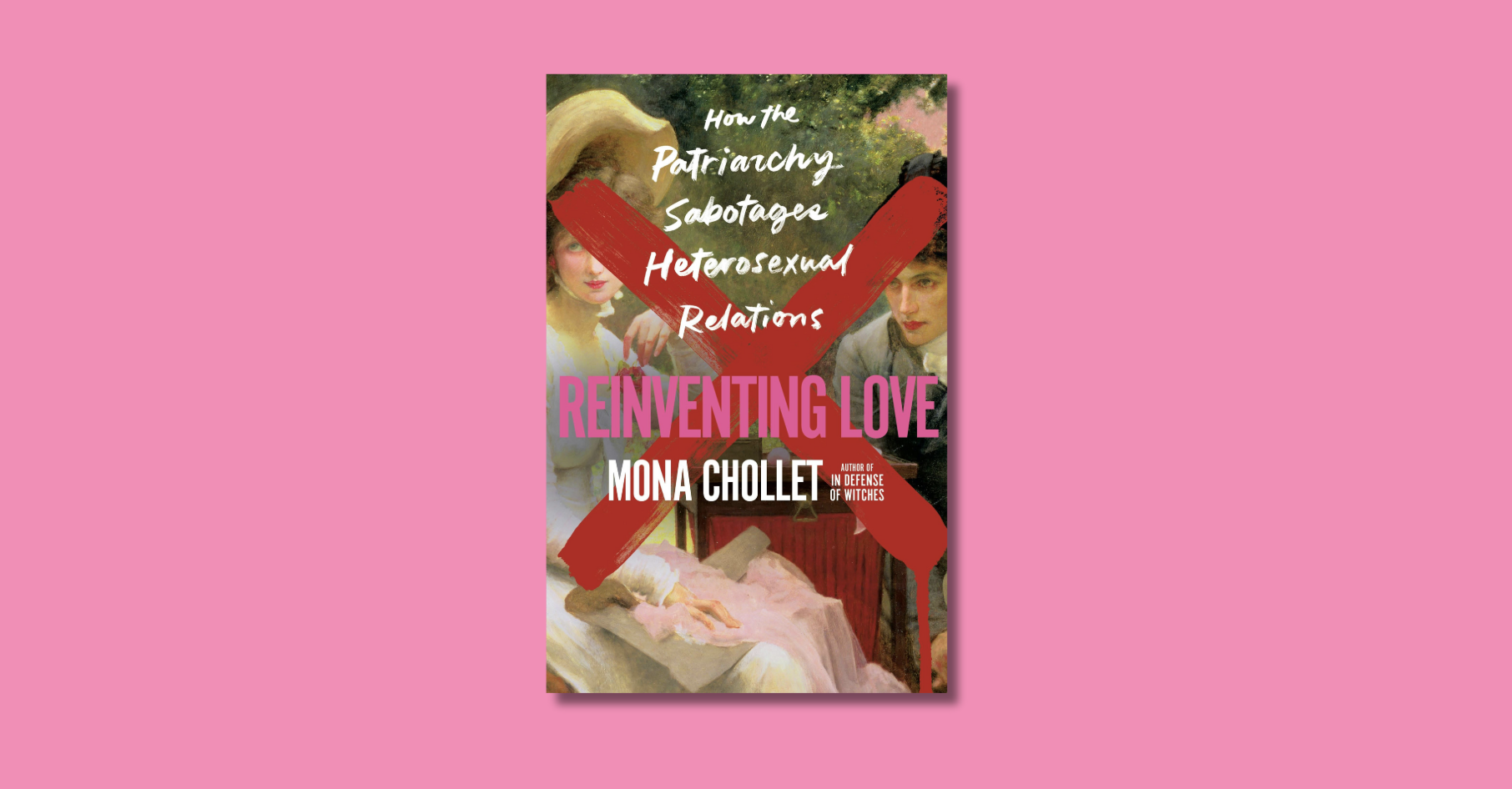
1.
Rome is an overwhelming city to live in. A friend, an Early Christianity scholar, walks the cobbled streets with a map from 300 CE in her head. When she looks up and sees a Renaissance palazzo instead of a domus, she has to realign herself to her actual time and place. Like Goethe said, “Rome is such a great school” and once I think I’ve got a grasp on a building, a fresco, a ruin from some time period, it merges with another and I’ve lost it. Because it’s not only my impressions and knowledge I utilize to “read” and understand this city, but also the impressions and knowledge of the hundreds of others who came before me.
When I narrow down Rome to what she molded then fired in the breasts of foreign writers, I’m still overwhelmed. It’s easier to ask the question: What writer has not spent time in Rome? Has not viewed the Forum from the Campidoglio? Has not stood between the embracing arms of Bernini’s colonnade in the Vatican? When approaching Rome from a foreigners’ literary direction, especially in the 19th century, she appears to have been woven into writing’s very process, from germination to production.
Unlike the aged books and dead writers who have come to Rome, current writing by foreigners about or set in Italy tends not to add to my knowledge or interest me. Judging by the bookshelves, Rome has been condensed into a mere repetition of themes: what tasty food, passionate people, beautiful art, ancient ruins, and history! Is that all there is to Rome? Nothing could be further from the truth. Then, I wonder, why do writers tend to jump into the same old rut?
2.
The foreign writers who have spent time in Rome fall into two categories: the Claude Lorrain type, the Romantics, Rome’s idealizers, effulgent singers of history and art; then there are the “realists,” those who see Rome as a city before a museum, who see Romans, not as stereotypically passionate food-driven people, but as people. Many writers fall neatly under the former label, while the others waver to belonging more-or-less in the latter.
The writers’ penchant for romanticizing Rome began with the Grand Tourists and was sublimated by the Romantics: Lord Byron, Percy Bysshe Shelley, and Goethe. I’m not sure how long Keats can be considered as having lived there, as he spent most of his three months dying. But he is Rome’s most memorialized writer. His house by the Spanish Steps, and his grave in the Protestant Cemetery under the shadow of the pyramid of Cestius, have no doubt contributed to the writer’s image of a Rome for the Romantics. Since 1821, writers have made pilgrimages to the room Keats died in — now a reconstruction — and to the cemetery. Oscar Wilde famously knelt before the slab of stone and declared it, “the holiest place in Rome.” There is a solemnity slinking around these places, a consciousness of tragedy that gratefully resists melodrama because of the greatness of Keats’ poetry.
Later in the 19th century, Victorian writers came bundled snug in their coaches; they rode in through the Porta del Popolo straight down the Corso for a quick round of the Colosseum, then trotted off to the Vatican. At that time, Mussolini’s ostentatious roads didn’t exist — the Via Conciliazione of the Vatican and the Via Fori Imperiali of the Forum and Colosseum — so the gargantuan monuments rose from the narrow spaces between medieval streets. George Eliot, Nathaniel Hawthorne, Mark Twain, Elizabeth Barrett Browning, Henry James, Dickens, Thackeray, Hans Christen Anderson, Longfellow, Stendhal: all spent time in this city, for a short season or to live. Most of them wrote about Rome, in travel memoirs or fiction. Rome in literature was as hard to avoid as the foreign writers in her streets.

 In The Innocents Abroad, Mark Twain wrote, “What is there in Rome to see that others have not seen before me?” I appreciate his irony where some of his contemporaries tend to bore me. I find it difficult to stomach Henry James in Italian Hours or Nathaniel Hawthorne’s Marble Faun: two flowery versions of the city. Goethe’s Italian Journey riveted me because of his unquenchable curiosity and his quests for understanding Italian flora and fauna, the sculptures and paintings.
In The Innocents Abroad, Mark Twain wrote, “What is there in Rome to see that others have not seen before me?” I appreciate his irony where some of his contemporaries tend to bore me. I find it difficult to stomach Henry James in Italian Hours or Nathaniel Hawthorne’s Marble Faun: two flowery versions of the city. Goethe’s Italian Journey riveted me because of his unquenchable curiosity and his quests for understanding Italian flora and fauna, the sculptures and paintings.
Nikolai Gogol came to Rome in 1837. Nabokov wrote in his odd biography, Gogol, “Seeking a kind of relaxation from his own distorted and dreadful and devilish image of the world he pathetically endeavored to cling to the normality of a second-rate painter’s conception of Rome as an essentially ‘picturesque’ place.” Gogol never idealized Ukraine or Russia, but once in Italy, he heaped sweet praises on the tone of the blue sky through the arches of the Colosseum. If Gogol was being too sentimental, his writing did not yet show it. In his apartment on the Via Sistina, Gogol completed the first part of Dead Souls and began the work on the latter two parts that would drive him insane. He also wrote “The Overcoat” and “Nights in a Villa,” a difficult find in English.
Maybe, when Gogol replaced Russia’s dark and snowy winters with the mild Mediterranean climate, when he replaced Northern seriousness with Latin sensuousness and laissez faire, Rome became a welcome elixir. Or were Gogol’s gay observations the first symptoms of the religious fervor and changes of morality that would plague him and his writing until he died of tuberculosis? We’ll never know and neither did Nabokov, who felt betrayed at the commonplace awe of Rome that came out of Gogol’s pen.
3.
Is it possible for a writer to come to Rome without becoming an instant victim to the city? Are writers more sensitive and in tune, therefore more susceptible to swooning over Rome’s charms? They are certainly more verbose about it. Maybe Rome arouses a sense of mortality that is of interest to the writer: the beginning and ends of things are easily conjured with the rubble of a fallen Empire. Or as a writer friend rationalizes her obsession: Rome is a city of empathy.
It can’t be denied, Rome dazzles; the city is a living monument. When I first came to Rome — me, from a family farm outside a small Michigan town — it took two months to admit that I wasn’t going to leave. On the summit of every hill I wiped away maudlin. I went for sunrise walks along the Forum of Augustus and Trajan and though I didn’t have any notions about column chunks or any intimations about an ancient capital city (God bless American education!), I was at its mercy, swept away by those histories and past personalities who had also come to gape at crumbling wonders.
Walking in Rome, at almost every step I have to bend over and collect myself. I can’t ignore the Colosseum when I walk to the grocery store, because the Colosseum, especially at dusk, is vibrantly fortifying. Sometimes, if I keep my sight set on the twilit arena raised before me, everything happening below and around its crumbling arches — the insane traffic billowing black pollution, the restaurant hawkers, the lecherous old men — is rendered as somehow less important, as disconnected in time and place, so that I could be walking towards a gladiatorial game instead of making a very banal run for dinner ingredients.
4.
Writers are only a few out of millions of tourists who stream in and out of Rome each year. Glistening group tour buses careen down slender streets, destroying their shocks on the cobblestones. James Joyce — who did not like the city — said, “Rome reminds me of a man who lives by exhibiting his grandmother’s corpse.” Martin Parr’s photography book, Tutta Roma, does a better job than anything I can write of describing the tourist in Rome. Parr’s garishly saturated photos of brightly dressed visitors are a perfect commentary on the hustle of tourism and the difficulty of deep appreciation when marched around in less than a week from one old thing to another. But Tutta Roma is also about how Rome’s ostentatious exhibitionism depends on the impressions of her voyeurs.
 An unstoppable interest, alongside romantic clichés, have created ripe ground for the contemporary Italian travel memoir targeted to non-Italians. These memoirs are a long way from Stendhal and Dickens, who at least had a thick background in Latin and the Classics; the worst of them only evoke a surface relationship with Rome by aggravating outdated praises of her features. Two unavoidable books are Eat, Pray, Love and Under the Tuscan Sun. These two books wring out Byron’s “Oh Rome! my country! city of my soul!” to produce far more sticky and sickening juices. Italy idealized; Rome as only saturated postcards of photoshopped wonders, Roman Holiday, the singing language, fashionably beautiful people, pasta on a candlelit table with the Quattro Fiumi gurgling in the background: how boring! I suppose there are readers who can’t get enough of that stuff, but I am not one of them.
An unstoppable interest, alongside romantic clichés, have created ripe ground for the contemporary Italian travel memoir targeted to non-Italians. These memoirs are a long way from Stendhal and Dickens, who at least had a thick background in Latin and the Classics; the worst of them only evoke a surface relationship with Rome by aggravating outdated praises of her features. Two unavoidable books are Eat, Pray, Love and Under the Tuscan Sun. These two books wring out Byron’s “Oh Rome! my country! city of my soul!” to produce far more sticky and sickening juices. Italy idealized; Rome as only saturated postcards of photoshopped wonders, Roman Holiday, the singing language, fashionably beautiful people, pasta on a candlelit table with the Quattro Fiumi gurgling in the background: how boring! I suppose there are readers who can’t get enough of that stuff, but I am not one of them.
 I also become skeptical when I come across a book written by a foreigner that boasts to unveil the “real” Rome in its blurbs. For some reason, I trust only Italian writers to tell me some nitty-gritty about the city. But a few years ago, I read a book that I thought succinctly crossed the divide: Clash of Civilizations Over an Elevator in Piazza Vittorio by Amara Lakhous. Amara Lakhous moved to Rome from Algeria in 1995. The plot of Clash of Civilizations revolves around a murder that occurred in a palazzo in multicultural Piazza Vittorio. Through discussions about the murder and the building’s elevator, Lakhous draws a cast of characters that represents varied spheres and personalities of modern Rome. Lakhous calls Piazza Vittorio, “a kind of laboratory for the future, the prototype of intellectual cohabitation.” Piazza Vittorio, a short walk from the Colosseum, can wipe away any romantic preconception of the Eternal City. It is about the only place in Rome where I am more drawn to its diverse people than to an architectural or artistic aesthetic.
I also become skeptical when I come across a book written by a foreigner that boasts to unveil the “real” Rome in its blurbs. For some reason, I trust only Italian writers to tell me some nitty-gritty about the city. But a few years ago, I read a book that I thought succinctly crossed the divide: Clash of Civilizations Over an Elevator in Piazza Vittorio by Amara Lakhous. Amara Lakhous moved to Rome from Algeria in 1995. The plot of Clash of Civilizations revolves around a murder that occurred in a palazzo in multicultural Piazza Vittorio. Through discussions about the murder and the building’s elevator, Lakhous draws a cast of characters that represents varied spheres and personalities of modern Rome. Lakhous calls Piazza Vittorio, “a kind of laboratory for the future, the prototype of intellectual cohabitation.” Piazza Vittorio, a short walk from the Colosseum, can wipe away any romantic preconception of the Eternal City. It is about the only place in Rome where I am more drawn to its diverse people than to an architectural or artistic aesthetic.
 Zadie Smith recently spent a year living in the Monti district. She was asked by an interviewer whether we can expect a book such as Room with a View about her time here. She answered: “I guess that’s not the aspect of Italy that interests me. The piazzas and the romance. That’s not Italy – that’s an Englishman’s vision of Italy. I sort of see it more as a speculative fiction place – like, what would happen to England if media regulation disappeared, the BBC went, Murdoch had the terrestrial channels and the fourth estate collapsed? People wrongly believe Italy to be a backward country. Actually Italy is a vision of what’s coming.”
Zadie Smith recently spent a year living in the Monti district. She was asked by an interviewer whether we can expect a book such as Room with a View about her time here. She answered: “I guess that’s not the aspect of Italy that interests me. The piazzas and the romance. That’s not Italy – that’s an Englishman’s vision of Italy. I sort of see it more as a speculative fiction place – like, what would happen to England if media regulation disappeared, the BBC went, Murdoch had the terrestrial channels and the fourth estate collapsed? People wrongly believe Italy to be a backward country. Actually Italy is a vision of what’s coming.”
Smith’s answer thrills me as much as Lakhous’ “laboratory of the future.” These forward-reaching writers toss out Mark Twain’s past-bent skepticism. Once one stops looking at the same monuments and paintings, piazzas and churches, sculptures and charming Italians, then a Rome opens up that has not yet been discovered, and that is an observation that I greatly appreciate in this city of the well-trodden.
5.
Living in the center of Rome, the past becomes an active part of my present. The past — and its repetitions of beauty and grandeur — cannot be stripped from the city; but neither is my perspective bound to a single interpretation. Eight years ago I came to Rome then stayed. Since then, its cityscape has worked into me without losing much of its first impact. As much as I don’t want to lose my sense of wonder, I don’t want to sound like a broken record when I write about this city that I have tenuously begun to call home. Sometimes I wish I had been born with Jean-Paul Sartre’s eyes, able to see the bare part of everything. But I have always had to learn and to experiment and fail, and then, finally, I am better able see the thing for what it is.
My friend, whom I mentioned in the first paragraph, experiences a day-to-day Rome that is more than what it seems. There are old stories galore in the streets, told by the history books, the Victorian and Romantic writers. But there are also new stories, and that is the Rome I want to uncover, and to be uncovered.
Image credit: Simon Griffee








